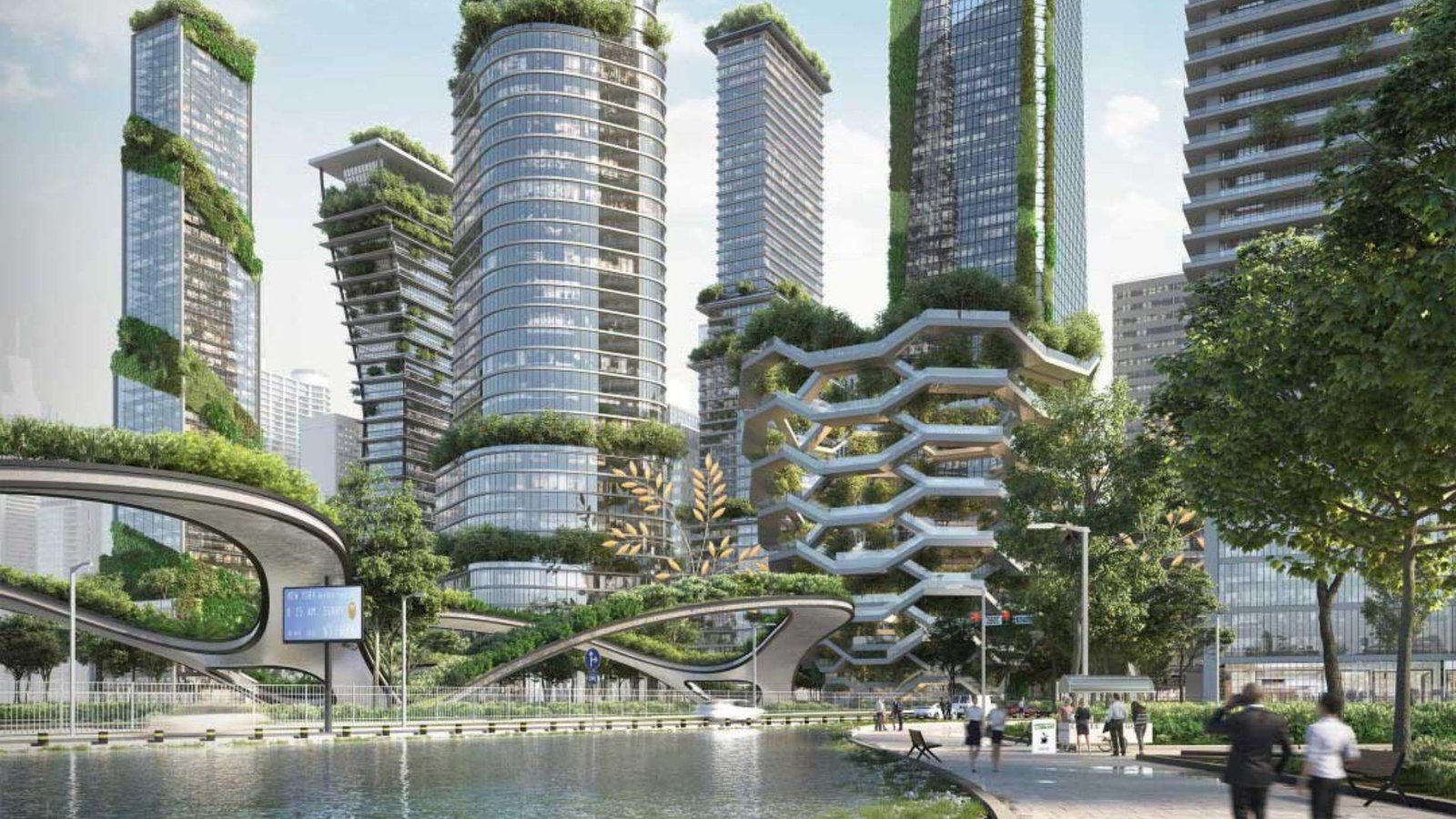Landscape architecture is not just about designing beautiful outdoor spaces – it plays a crucial role in enhancing the environment. Through careful planning and sustainable practices, landscape architects can improve the ecological health of cities, towns, and natural landscapes. In this article, we will explore how landscape architecture has a significant environmental impact, creating more sustainable, green, and resilient spaces.

Promoting Sustainability
One of the key ways landscape architecture impacts the environment is through promoting sustainability. Sustainable landscape design focuses on creating spaces that meet the needs of the present without compromising the ability of future generations to meet their own needs. Landscape architects use eco-friendly materials, energy-efficient designs, and environmentally conscious practices to minimize their impact on the planet.
For example, sustainable landscape designs often include the use of native plants, which require less water and maintenance than non-native species. By choosing plants that are suited to the local climate, landscape architects can reduce water consumption, avoid the use of harmful pesticides, and promote healthier ecosystems.
Stormwater Management
Landscape architecture plays a critical role in managing stormwater, which is one of the major environmental challenges in urban areas. When it rains, large amounts of water run off impervious surfaces like streets and buildings, carrying pollutants into rivers and lakes. Landscape architects design solutions that help manage this runoff and prevent flooding.
Techniques such as rain gardens, bioswales, and permeable pavements are used to absorb rainwater and allow it to naturally filter into the ground. These green infrastructure methods help reduce the risk of flooding, improve water quality, and restore the natural water cycle. By designing landscapes that manage stormwater effectively, landscape architects contribute to healthier urban environments and reduce environmental damage.
Reducing Urban Heat Island Effect
Cities tend to be much warmer than surrounding rural areas, a phenomenon known as the urban heat island effect. This occurs because buildings, roads, and other infrastructure absorb heat during the day and release it at night. Landscape architects address this issue by incorporating green spaces, trees, and vegetation into urban areas.
Trees provide shade, reducing the amount of heat absorbed by the ground and buildings. Green roofs and walls also help cool buildings, reduce energy consumption, and lower the temperature in cities. By increasing the amount of greenery in urban spaces, landscape architects help reduce the urban heat island effect and improve the overall climate of cities.
Enhancing Biodiversity
Landscape architecture also has a significant impact on biodiversity – the variety of plant and animal species in an area. As cities grow, natural habitats are often lost, and local wildlife can suffer. Landscape architects work to restore and create new habitats in urban areas, helping to support biodiversity.
By designing green spaces such as parks, green roofs, and wildlife corridors, landscape architects create environments where plants and animals can thrive. These spaces offer shelter, food, and safe travel routes for wildlife. The inclusion of native plants is also important, as they provide the right environment for local species and help preserve the region’s natural heritage.
Carbon Sequestration
Another important environmental impact of landscape architecture is its ability to help with carbon sequestration. Plants, especially trees, absorb carbon dioxide from the atmosphere and store it in their leaves, roots, and soil. This process helps reduce the amount of greenhouse gases in the atmosphere, mitigating climate change.
Landscape architects design urban forests, parks, and green corridors that increase the number of plants and trees in cities, contributing to carbon sequestration. By enhancing green spaces in urban environments, landscape architecture plays an essential role in combating climate change and improving air quality.
Waste Reduction and Resource Conservation
Sustainable landscape architecture also focuses on waste reduction and resource conservation. Landscape architects use recycled materials, reduce water usage, and minimize the need for chemical fertilizers and pesticides. For example, xeriscaping, or drought-tolerant landscaping, reduces the need for frequent irrigation and helps conserve water.
In addition, many landscape architects are embracing the use of recycled and repurposed materials, such as reclaimed wood, stone, and metal, in their designs. By reducing waste and promoting the reuse of materials, landscape architecture helps conserve natural resources and minimizes environmental impact.
Promoting Climate Resilience
As climate change continues to affect urban areas, landscape architecture is becoming a key tool in building climate resilience. Landscape architects design spaces that are not only beautiful but also resilient to the challenges posed by climate change, such as rising temperatures, flooding, and extreme weather events.
For example, creating wetlands, rain gardens, and other natural systems helps cities manage heavy rainfall and reduce the risk of flooding. Additionally, planting trees and other vegetation can provide shade, reduce heat, and improve air quality, helping cities adapt to rising temperatures. These climate-resilient designs ensure that urban spaces are better equipped to handle the impacts of climate change.
Conclusion
In conclusion, landscape architecture has a profound environmental impact. By promoting sustainability, managing stormwater, reducing the urban heat island effect, and supporting biodiversity, landscape architects contribute to the creation of more eco-friendly, resilient, and livable cities. Through thoughtful, sustainable designs, landscape architecture not only enhances the beauty and functionality of outdoor spaces but also helps protect and preserve the environment for future generations.
As cities continue to grow, the role of landscape architecture in addressing environmental challenges will only become more important. By designing spaces that work in harmony with nature, landscape architects are helping to build a more sustainable, healthier, and greener world.




